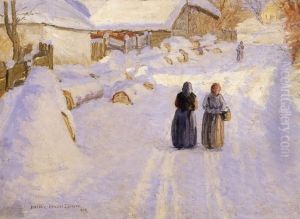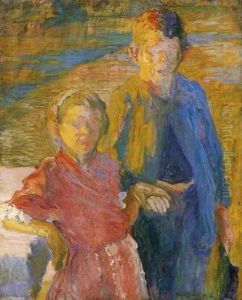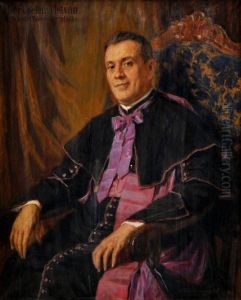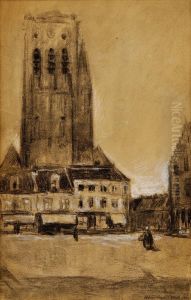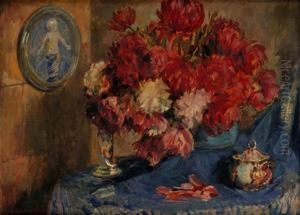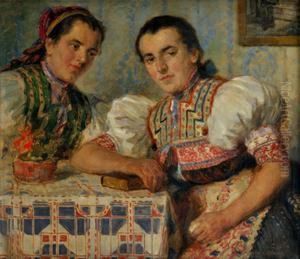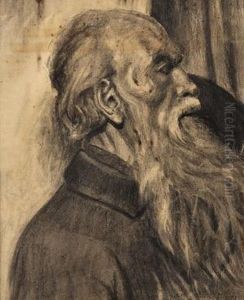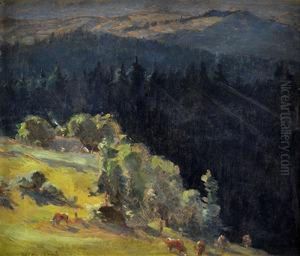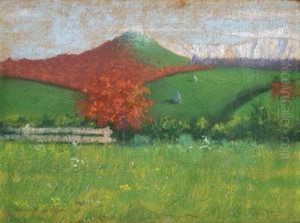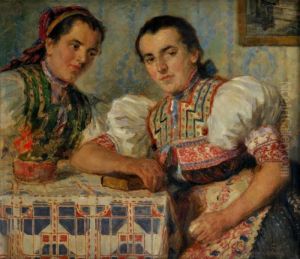Elemer Halasz-Hradil Paintings
Elemér Halász-Hradil was a Hungarian painter, known for his unique blend of styles that bridged the gap between traditional Hungarian art and the emerging modernist movements of the early 20th century. Born in 1885 in Kassa, then part of the Austro-Hungarian Empire (present-day Košice, Slovakia), Halász-Hradil developed an interest in art at an early age. He pursued his studies at the Hungarian University of Fine Arts in Budapest, where he was exposed to the rich traditions of Hungarian painting, as well as the new currents of European art.
Halász-Hradil's early work was influenced by the Nabis and post-impressionists, reflecting a keen interest in the effects of light and color. However, his style evolved significantly over his career, incorporating elements of Expressionism and Symbolism. This fusion of styles allowed him to explore a range of subjects, from landscapes and urban scenes to intimate portraits and still lifes, with a distinctive vibrancy and emotional depth.
In addition to his painting, Halász-Hradil was an active participant in the Hungarian art scene, contributing to the development of modern art in Hungary. He was a member of several art societies, including the New Society of Artists and the Műcsarnok (Art Hall) association, which played a crucial role in promoting modern art in Hungary.
Despite his contributions and the quality of his work, Halász-Hradil remained relatively unknown outside of Hungary until after his death in 1932. Since then, his work has been rediscovered and appreciated for its innovative approach and its role in the transition of Hungarian art into modernism. Today, his paintings can be found in the collections of major Hungarian museums, serving as a testament to his artistic legacy and the vibrant cultural scene of early 20th-century Hungary.
